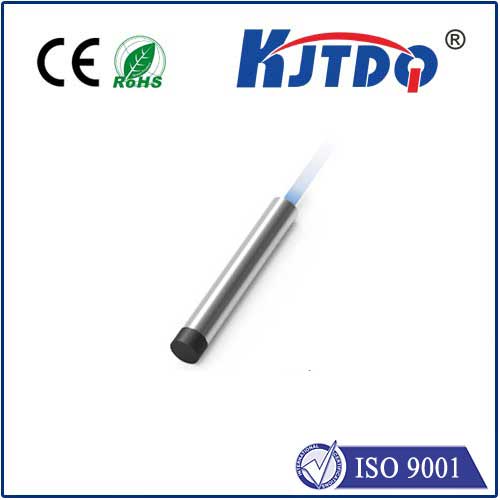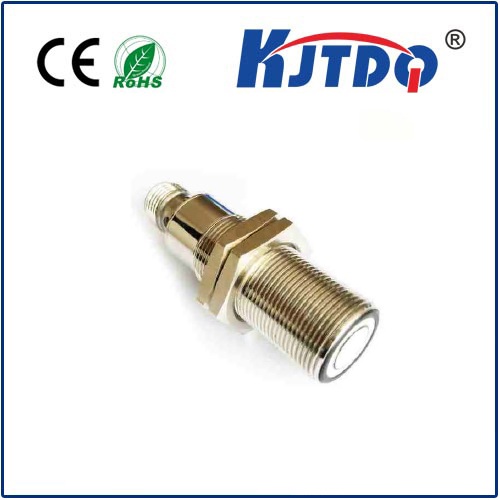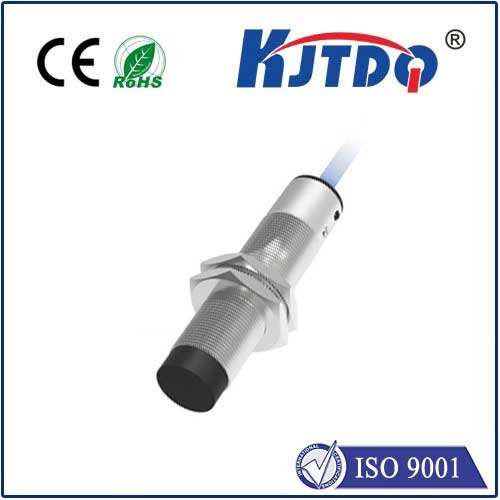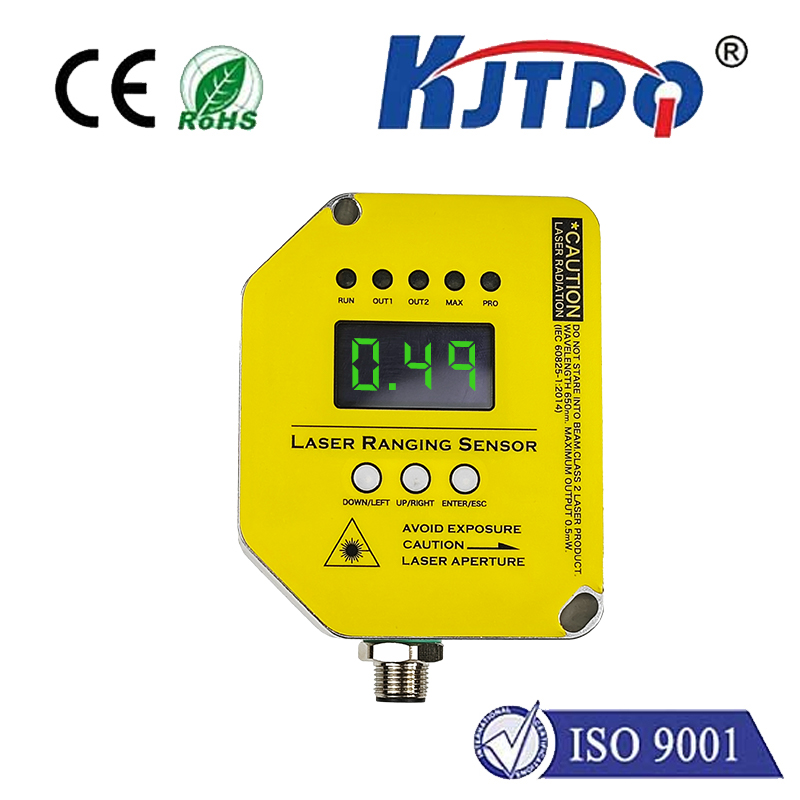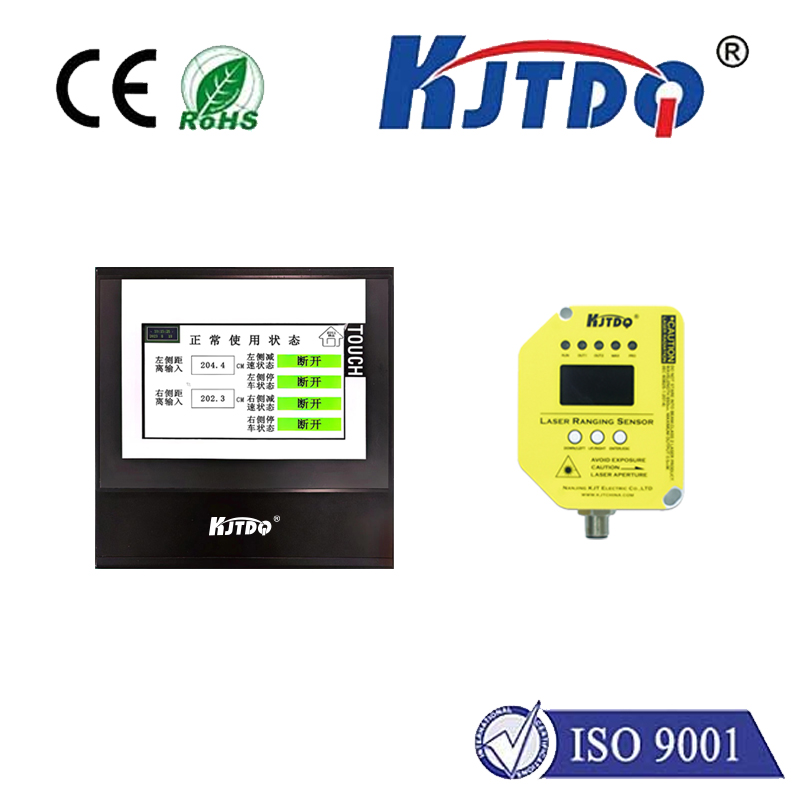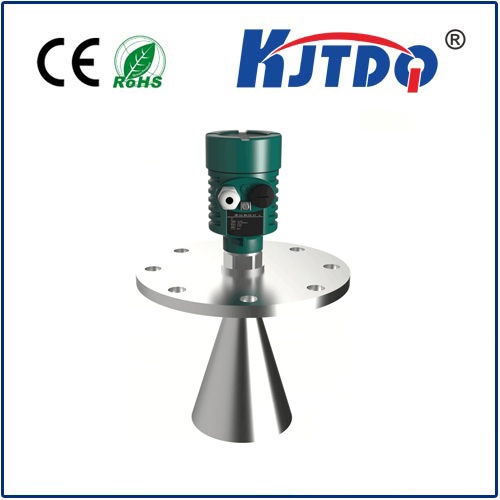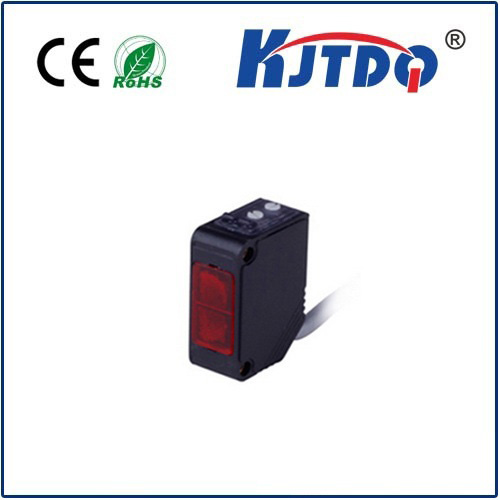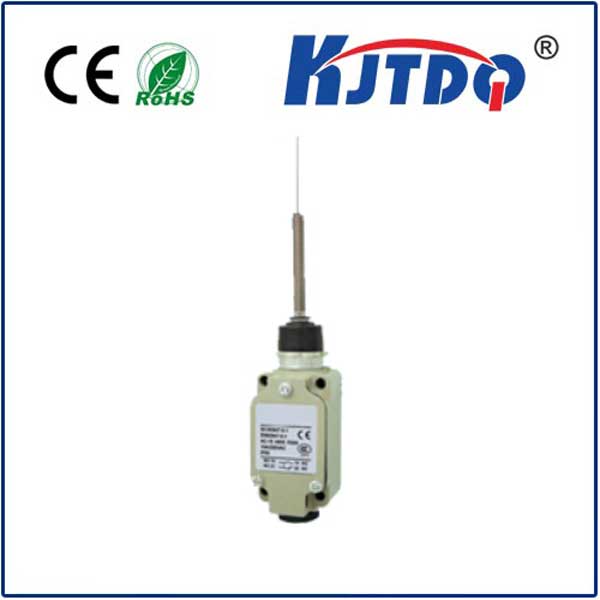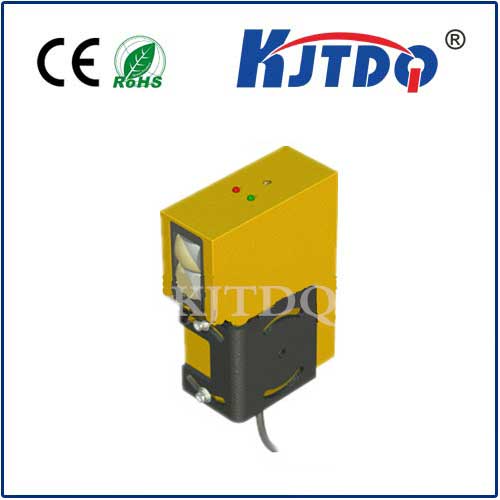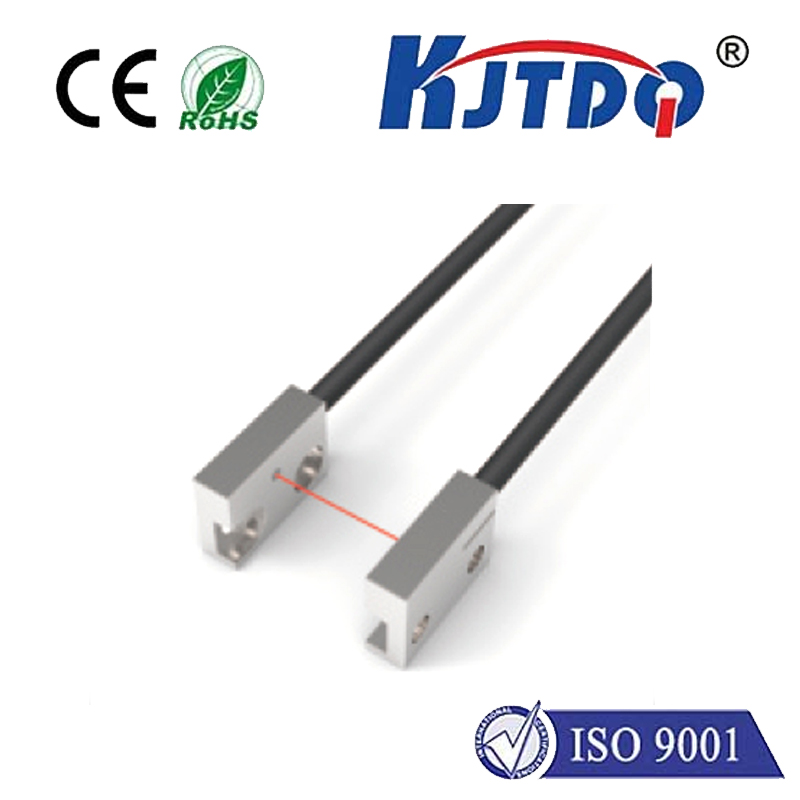BES0304 high pressure proximity sensor
- time:2025-10-15 03:51:51
- Нажмите:0
BES0304 High Pressure Proximity Sensor: Engineered Resilience in the Most Demanding Industrial Environments
Imagine the relentless forces within a hydraulic press, the crushing depths encountered in subsea equipment, or the extreme pressures inside industrial compressors. In these unforgiving environments, standard sensors falter. What’s needed is a guardian, a reliable sentinel capable of delivering precise proximity detection while steadfastly resisting crushing pressures and contamination. This is the critical role fulfilled by sensors like the BES0304 high pressure proximity sensor, engineered specifically to thrive where others cannot.
The “BES0304” designation typically identifies a specific model within a manufacturer’s inductive proximity sensor lineup. The defining characteristic highlighted in the name – “High Pressure” – points unequivocally to its core competency: exceptional resistance to external hydrostatic pressure. Unlike conventional proximity sensors that might deform, leak, or fail catastrophically under high pressure, the BES0304 is built with robustness as its foundation. It’s designed to maintain its sensing integrity and structural soundness even when submerged in fluids or subjected to pressures that could exceed 200 bar (2900 PSI), depending on the exact model specifications and manufacturer.
Understanding the Technical Fortitude
The resilience of a sensor like the BES0304 stems from meticulously engineered features:
- Robust Housing: Constructed from high-grade stainless steel (often V4A / 316L), the housing provides exceptional mechanical strength and corrosion resistance. This solid enclosure is the first line of defense.
- Advanced Sealing Technology: The Achilles’ heel of any sensor under pressure is sealing. The BES0304 employs sophisticated sealing solutions, such as specialized high-pressure O-rings and often glass-to-metal seals for electrical feedthroughs. This ensures the internal electronics remain completely isolated from the external high-pressure environment or contaminants like oil, grease, or water.
- Pressure-Compensated Design (Inherently): While not explicitly a “compensated” sensor like some specialized deep-sea variants, the design focuses on preventing pressure differentials from damaging the internal components. The robust, hermetically sealed construction inherently resists pressure ingress. Some variants may incorporate specific pressure-balancing features within their sealing strategy.
- High-Pressure Rated Cables or Connectors: Integral to its performance is the connection point. The BES0304 often features double-sealed, high-pressure cables or compatible connectors rated to withstand the same extreme pressures as the sensor body, preventing leaks at this critical junction.
Operating Principle: Unwavering Inductive Sensing

Despite its formidable pressure resistance, the BES0304 fundamentally operates on the well-established principle of inductive sensing. This makes it ideal for detecting metallic targets:
- Generating the Field: An internal oscillator generates a high-frequency alternating electromagnetic field emanating from the active face of the sensor.
- Target Interaction: When a ferrous or non-ferrous metallic target enters this field, eddy currents are induced on the target’s surface.
- Field Dampening & Detection: The induced eddy currents draw energy from the sensor’s oscillating field, causing a measurable dampening (“loading”) of the oscillator circuit.
- Signal Output: An internal evaluation circuit detects this dampening effect. Once the target approaches within the specified nominal sensing range (Sn), the sensor triggers a solid-state switch, changing its output state (e.g., PNP or NPN transistor switching).
This non-contact detection method is inherently reliable, wear-free, and unaffected by dust, dirt, or non-metallic objects (like oil or water mist), making it perfect for industrial settings – especially when combined with high-pressure resilience.
Key Features & Advantages Driving Adoption
The BES0304 high pressure proximity sensor offers a compelling package beyond just pressure resistance:
- Exceptional Pressure Rating: The standout feature, enabling reliable operation in hydraulic systems, deep-sea applications, pressure vessels, and high-pressure cleaning machinery.
- Hermetic Sealing (IP69K/ IP69): Typically rated IP69K, the highest ingress protection rating. This guarantees immunity against high-pressure, high-temperature water jets and complete protection from dust ingress. Ideal for washdown environments in food & beverage or pharmaceuticals.
- High Overload Capacity: Engineered to withstand significant pressure spikes beyond its nominal rating without failure.
- Corrosion Resistance: Stainless steel housing ensures longevity in chemically aggressive environments or saltwater.
- Temperature Stability: Maintains performance across wide operating temperature ranges, suitable for both hot industrial processes and cold environments.
- EMI/RFI Immunity: Robust design minimizes susceptibility to electromagnetic or radio-frequency interference, ensuring stable signals.
- Certifications: Often carries critical industry certifications like ATEX / IECEx for use in explosive atmospheres (Zone 0/1/21/22) and Marine Approval (e.g., DNV-GL, ABS), expanding its application scope significantly.
Where the BES0304 Proves Indispensable
The unique capabilities of this sensor make it the go-to choice in numerous demanding sectors:
- Hydraulics & Pneumatics: Monitoring piston position within high-pressure cylinders, detecting end positions, controlling valves. Essential for excavators, presses, injection molding machines.
- Oil & Gas / Subsea: Downhole tool positioning, subsea valve actuation monitoring, equipment on offshore platforms – environments characterized by immense pressure and harsh conditions.
- Heavy Machinery & Manufacturing: Position sensing in forging presses, die-casting machines, and other equipment generating high forces and pressure.
- High-Pressure Cleaning (HPC): Detecting components within HPC cabinets subject to intense water jets at pressures of 1000 bar and beyond. IP69K rating is crucial here.
- Chemical & Process Industries: Reliable sensing in pressurized reactors, pipelines, and valves handling aggressive chemicals.
- Marine & Shipbuilding: Thruster control, hatch monitoring, and engine room applications exposed to seawater pressure and salt spray.
- Воздушно - космические и Оборона: Landing gear position sensing, hydraulic system monitoring in aircraft.
Integration and Performance Assurance
Integrating a BES0304 sensor follows typical inductive proximity sensor practices (power supply, load connection), but its high-pressure rating demands attention to the installation:
- Secure Mounting: Ensuring the sensor face is correctly positioned relative to the target and that the housing is securely fastened to withstand pressure and vibration.
- Cable/Connector Integrity: Using only specified high-pressure cables or connectors and ensuring fittings are correctly torqued to maintain the seal’s integrity. Kinking high-pressure cables must be strictly avoided.
- Environmental Suitability: Verifying the specific model’s pressure, temperature, and chemical compatibility matches the application’s peak conditions.
The Strategic Advantage
In essence, the BES0304 high pressure proximity sensor is not merely a component; it’s a strategic investment in reliability, safety, and productivity. It eliminates the frequent failures and costly downtime associated with standard sensors buckling under pressure. Its robust construction, hermetic sealing, and proven sensing technology deliver unwavering performance precisely where the demands are highest. Enabling precise automation and

